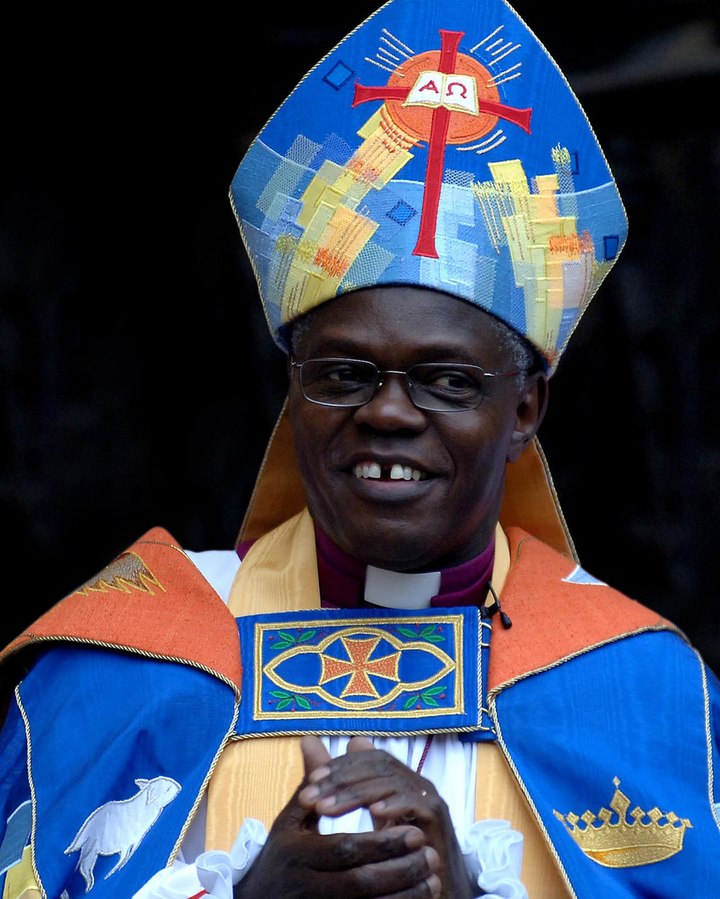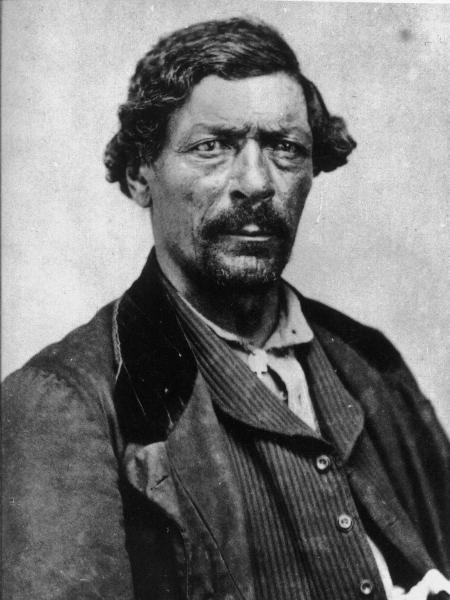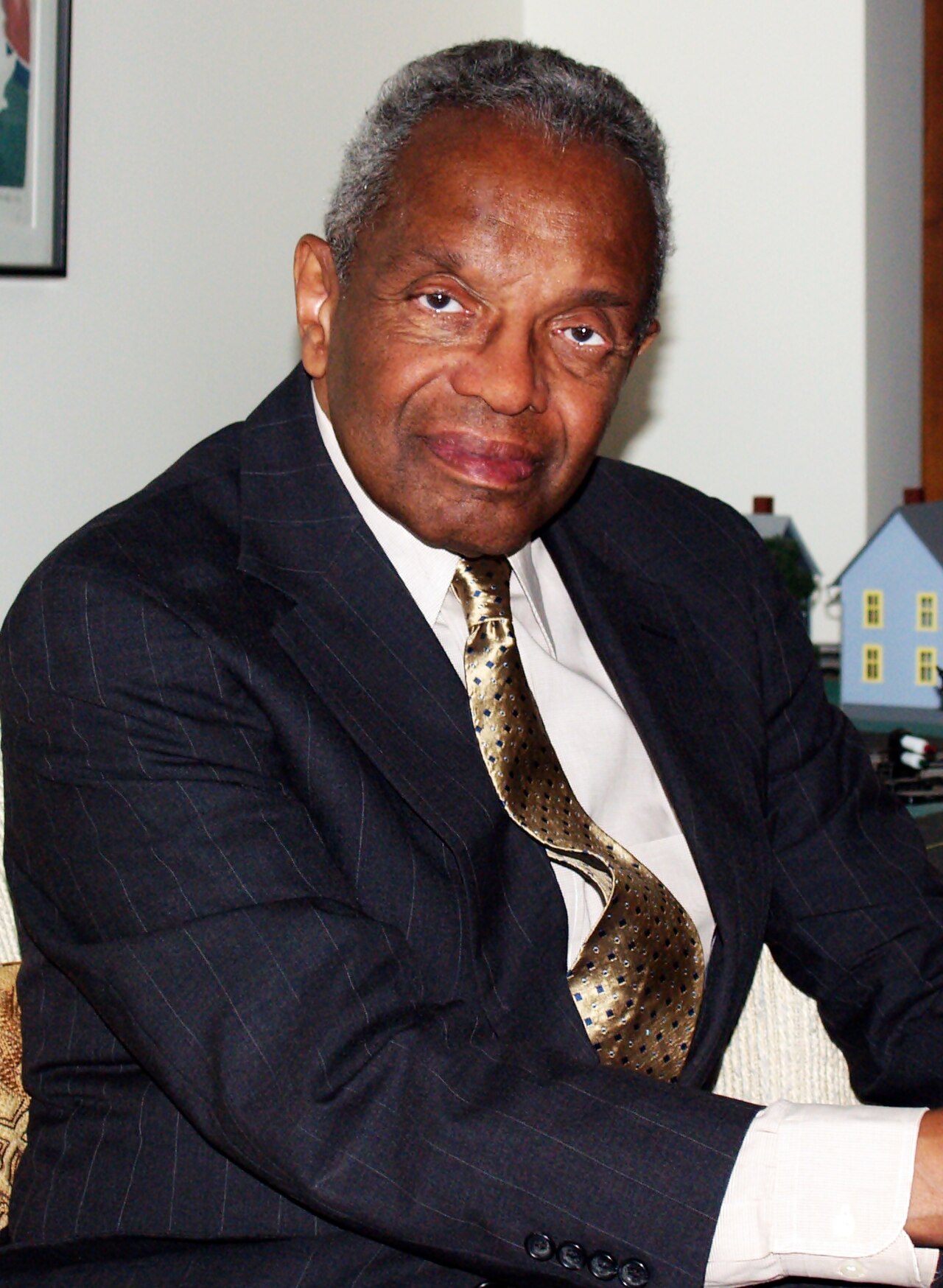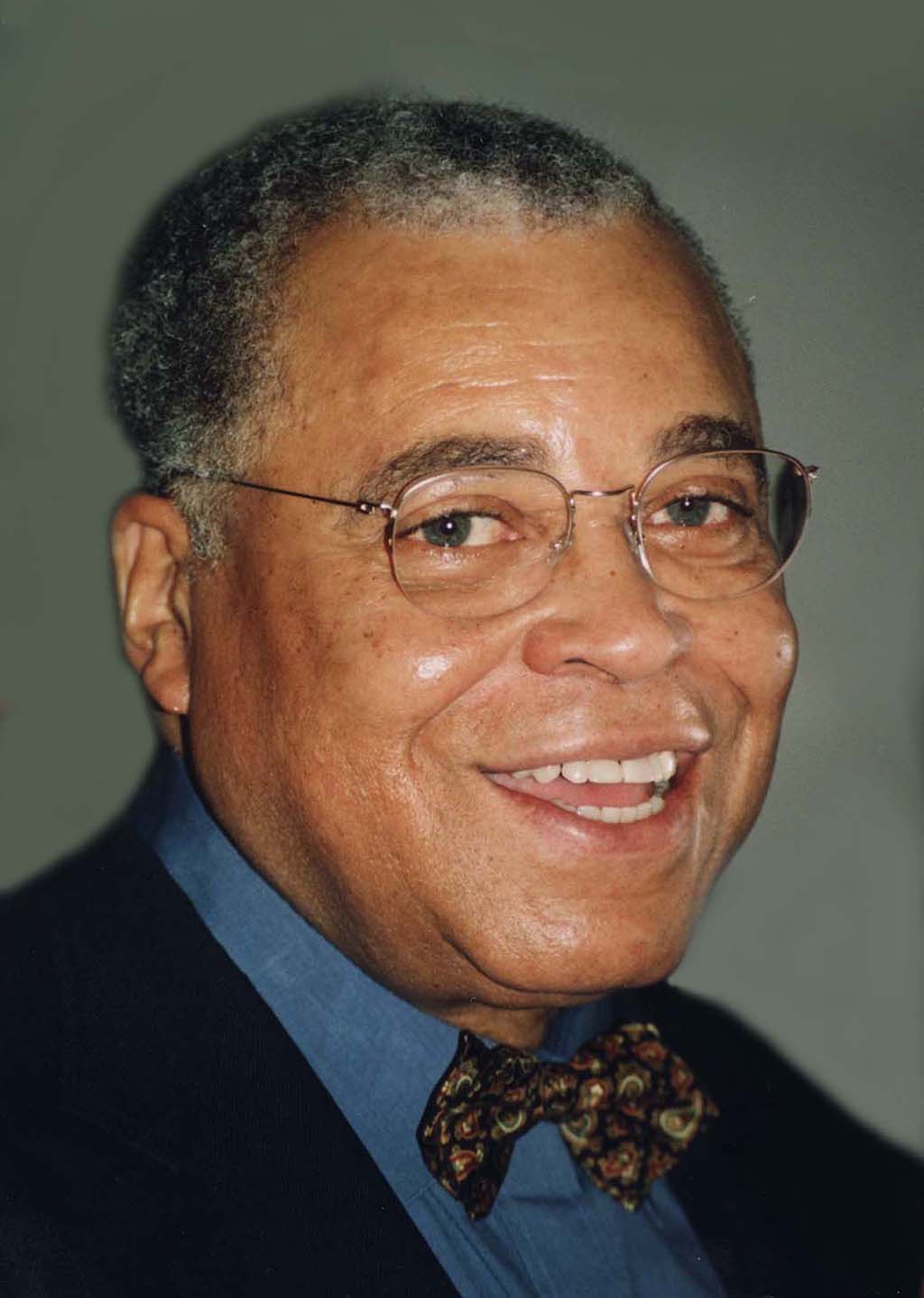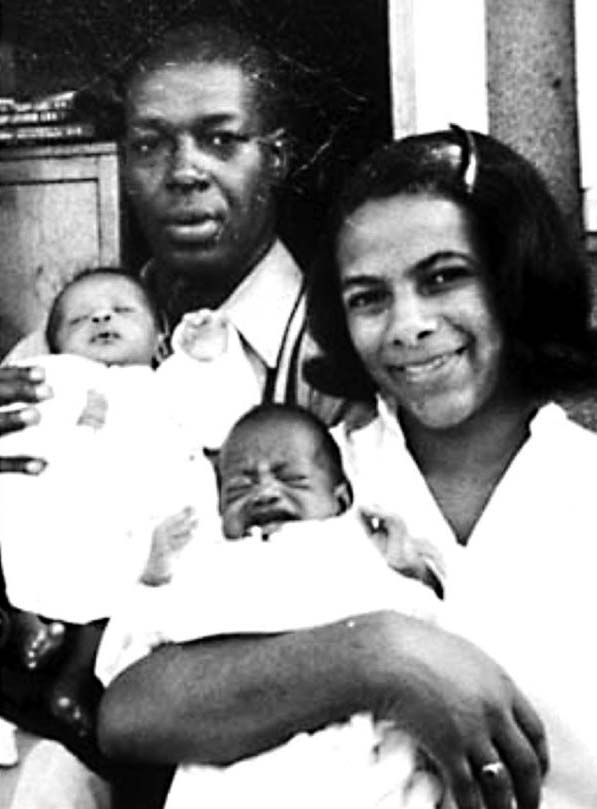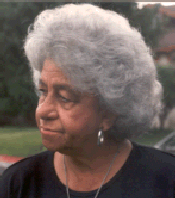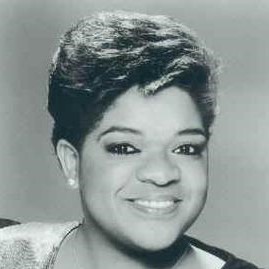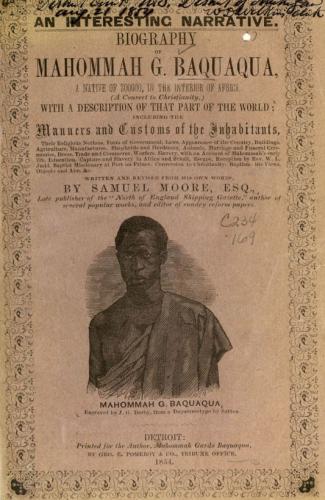Joseph T. Ball, Jr. was born Feb. 21, 1804 in Cambridge, Massachusetts. His mother Mary Montgomery Drew of Cambridge, Massachusetts, was white while his father was Jamaican-born Joseph T. Ball, Sr who came to Massachusetts in 1790. The elder Ball founded a society to help African American widows in need. All of Joseph Ball, Jr.’s four sisters, Lucy, Mary, Martha, and Hannah, became women’s rights advocates and abolitionists.
Ball was baptized into the Church of Jesus Christ of Latter-day Saints (Mormons) in the summer of 1832 by either Brigham Young or his brother Joseph Young in Boston. Soon after his baptism, Ball moved to Kirtland, Ohio in September 1833, where he become acquainted with the Mormon prophet Joseph Smith. Ball may have been ordained an elder as early as 1833, or as late as 1837; Wilford Woodruff, an early Church leader, reports that Ball was certainly an Elder in 1837 as they were serving a mission together in New England and New Jersey.
A successful missionary, Ball baptized William Willard Hutchings on May 2, 1842. Two years later he was ordained a High Priest by William Smith, brother of the prophet Joseph Smith. The ordination coincided with his new church service as the Boston Branch president (similar to a Bishop in a larger LDS congregation) from October 1844 to March 1845. This was the largest LDS congregation outside of church headquarters in Nauvoo, Illinois and Ball was not only the first African American High Priest in the LDS Church, but was also the first black man to preside over a Mormon congregation.
Following his church service in Boston, Ball was sent to Nauvoo by Apostle Parley P. Pratt in the spring of 1845 to work on the Temple there and promised that he would receive the LDS endowment rite. While in Nauvoo, Ball received his patriarchal blessing from William Smith and participated in the Mormon rite of baptism for the dead on behalf of his ancestors.
In August 1845 both Ball and William Smith left the Church for reasons that are unclear. Because the Nauvoo Temple was still under construction, Ball was not able to participate in the endowment rite because he left Nauvoo before the Temple was completed. After leaving Nauvoo, Ball appears to have affiliated with a rival Mormon schismatic group in Wisconsin led by James Strang, and appears in their church records in 1848. He died of tuberculosis on September 20, 1861 in Boston, Massachusetts and is buried there.




